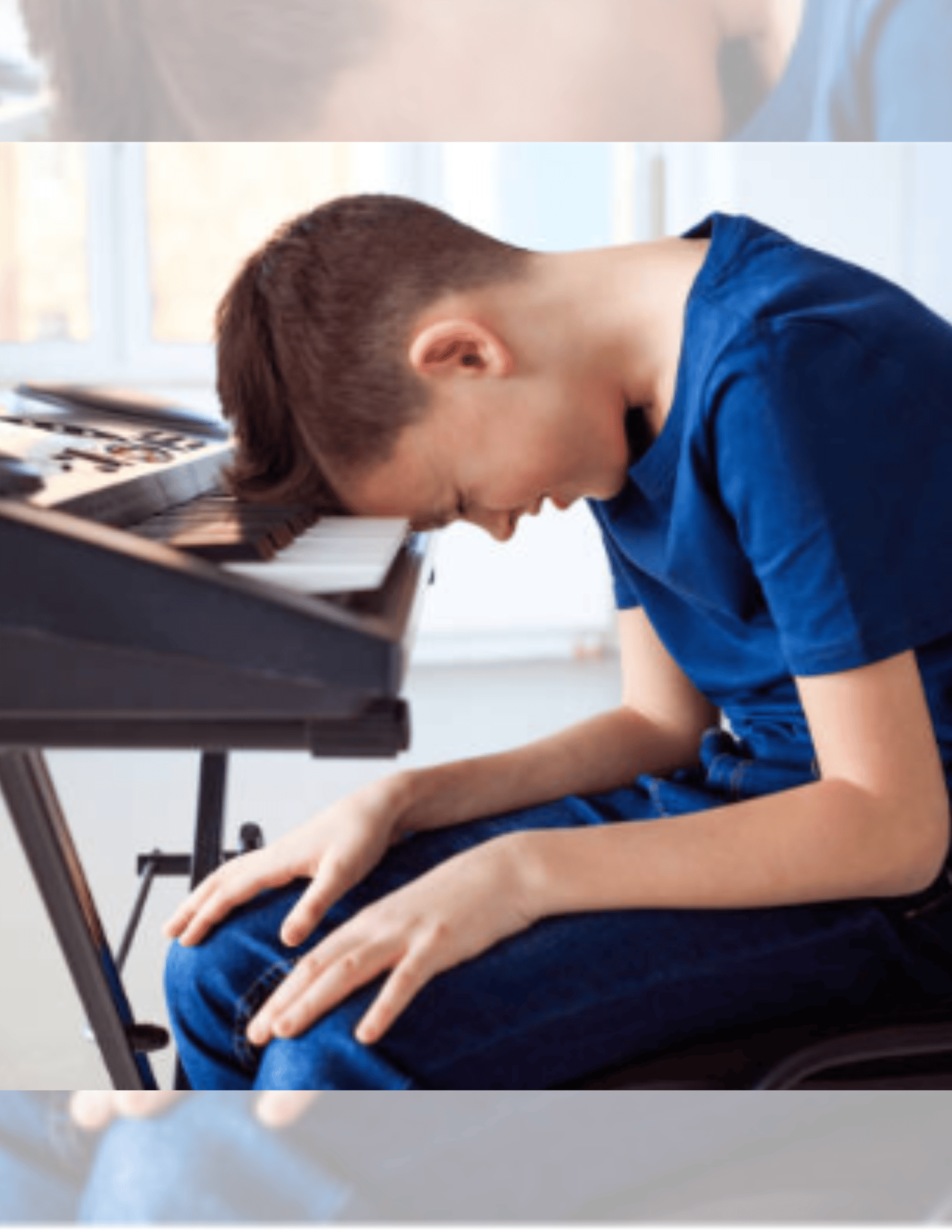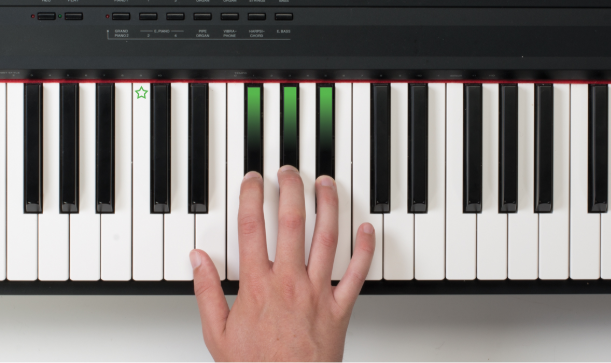

The Ugly Truth About Piano Lessons
Most traditional piano lessons are frustrating.
Your teacher picks the books & the songs
You don't get to play the music that YOU want to play.
They make you feel like you're “not good enough.”
They expect perfection from day one
And learning to read music is HARD
No wonder so many adults quit or never even start.
If you've ever felt stuck, overwhelmed, or like you're just going through the motion... You’re not alone.
And honestly, it’s not your fault.
They weren’t designed for adult learners who want to play better their life with music.
How Piano Lessons Should Be
Piano lessons should feel like you’re growing.
They should support your goals and your life.
When I created this course, I thought of my students that want to go to the piano and just... jam out
To the style of music that they like listening to.
Without having to worry about reading music (AKA the hard part)
To my students, piano isn’t just about music
It’s about confidence, emotional reset, and something that’s just for you in a busy world.

So What's The Secret?
A Step-by-Step Path – So you never feel lost or left behind
Visual Tools – Learn faster with signature visual method
Stress-Free Structure – Learn at your own pace, with clarity
Have a Busy Life? – Find ways to make learning fit no matter how busy you are
Creative Expression – Begin improvising and playing from emotion
Encouragement Every Step of the Way – No judgment, no pressure

The Emotional Improvisation Method
There’s a little-known method that many professional musicians use to stay creative, centered, and emotionally grounded. And now, you can access it too.
It’s called emotional improvisation:
Flips the traditional method — Instead of starting with technique, you start with how you feel
Emotion first, music second — Your mood becomes the starting point, not a scale or song
No rules, no pressure — Just sit at the piano and express whatever’s going on inside
Deep emotional release — Helps reduce stress, anxiety, and mental overwhelm
Real musicians use this — It’s how pros stay connected to their instrument when no one’s watching
A private space for healing — You’re not performing for anyone—you’re playing for you
In the Jumpstart Course, you’ll learn how to use this method as part of your weekly routine—
so piano becomes your tool for self-care, not just another skill to master.
Look At How Learning Piano Can Be Different

Reading Sheet Music
- Overwhelming for beginners – Too much information at once: notes, rhythms, fingerings, dynamics
- Kills creativity early on – You’re focused on following, not exploring
- Slower to process emotionally – Your brain is decoding symbols instead of feeling the music
- Leads to perfectionism – One wrong note feels like failure
- Disconnect from sound – You’re reading music before truly understanding how it feels
- Hard to memorize or internalize – Notes stay on the page instead of in your fingers
- Not built for all learning styles – Especially frustrating for visual or kinesthetic learners

Step-by-Step Visual Guides
- See patterns on piano instantly – Helps you understand the keyboard layout without guessing
- Play music faster – You can start sounding good without being stuck in theory
- Builds connection – You “see” how notes and chords work together
- Easier to remember – Visual anchors help you retain what you play
- Less stress, more flow – No pressure to read, just freedom to explore
- Unlocks creativity – Invites you to improvise, experiment, and find your voice
Watch What Others Have to Say
What people are saying
"Alexis makes piano fun and really easy to understand. Developed so much starting from scratch"
Testimonial 1 - Ally
"Alexis is a great instructor, he is extremely patient. Each lesson is fun and interesting. I enjoy lessons!"
Testimonial 2 - Ramon
"Alexis is a great instructor! 10/10 recommend."



